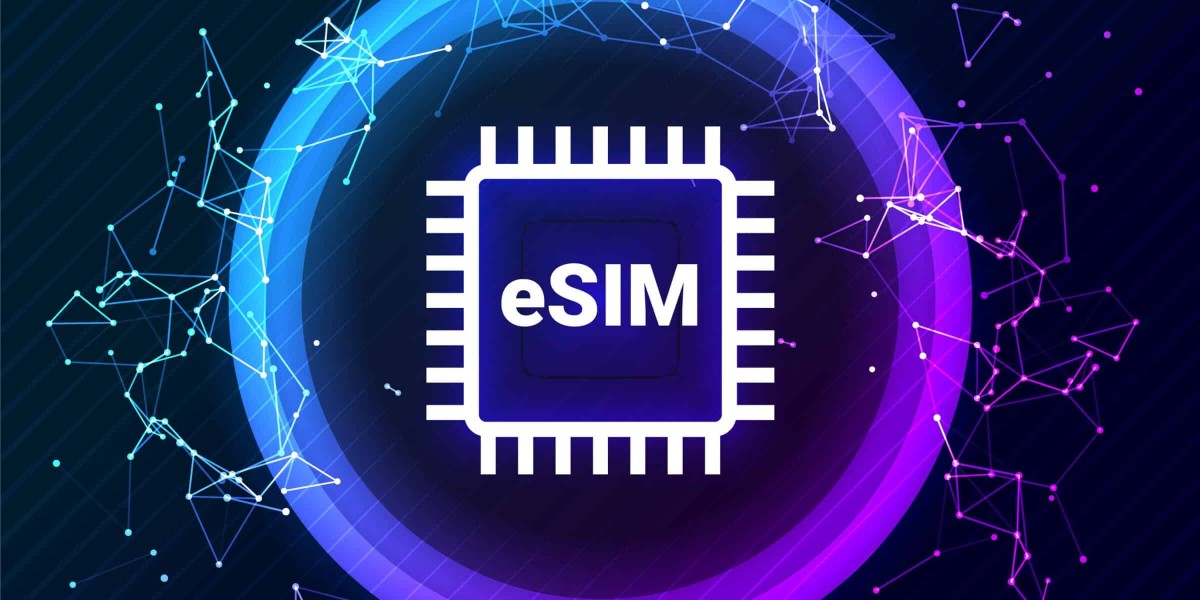Integrating eSIM technology into satellite phones is revolutionizing communication in remote and emergency situations. Unlike traditional SIM cards, eSIMs are embedded directly into devices, allowing for remote provisioning and seamless network switching. This advancement enhances the reliability and flexibility of satellite phones, making them indispensable tools for emergency response teams and individuals in critical situations.
Advantages of eSIM in Satellite Phones
Enhanced Connectivity: eSIM-enabled satellite phones can automatically switch between available networks, ensuring continuous communication even in areas with limited coverage. This feature is particularly beneficial during emergencies when maintaining contact is crucial.
Remote Provisioning: The ability to remotely activate and manage emergency sim card profiles streamlines the deployment of satellite phones in emergency scenarios. This capability reduces setup times and ensures that devices are ready for immediate use.
Cost-Effectiveness: eSIM technology can potentially lower operational costs by eliminating the need for physical SIM cards and simplifying the management of multiple devices.
Real-World Applications
The collaboration between Kigen and Bullitt Group led to the development of the Motorola Defy Satellite Link, an eSIM-enabled 5G NTN communication device. This device exemplifies the integration of eSIM technology into satellite communication, offering users enhanced connectivity and flexibility.
The integration of eSIM technology into satellite phones marks a significant advancement in emergency communication. By providing enhanced connectivity, remote provisioning, and cost-effectiveness, eSIM-enabled satellite phones are poised to become essential tools in emergency response and remote communication strategies.









